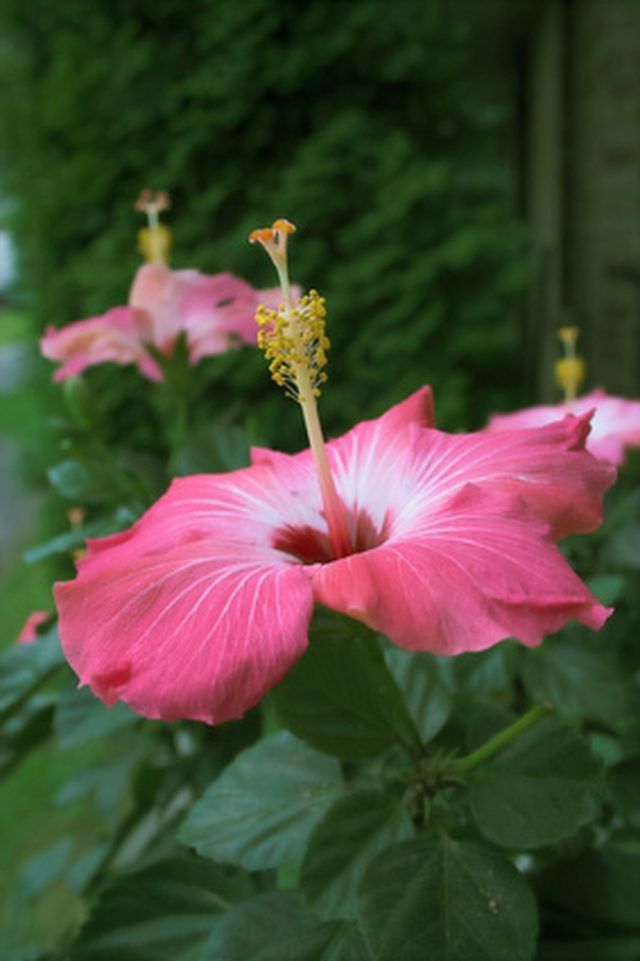Bulbs
Flower Basics
Flower Beds & Specialty Gardens
Flower Garden
Garden Furniture
Garden Gnomes
Garden Seeds
Garden Sheds
Garden Statues
Garden Tools & Supplies
Gardening Basics
Green & Organic
Groundcovers & Vines
Growing Annuals
Growing Basil
Growing Beans
Growing Berries
Growing Blueberries
Growing Cactus
Growing Corn
Growing Cotton
Growing Edibles
Growing Flowers
Growing Garlic
Growing Grapes
Growing Grass
Growing Herbs
Growing Jasmine
Growing Mint
Growing Mushrooms
Orchids
Growing Peanuts
Growing Perennials
Growing Plants
Growing Rosemary
Growing Roses
Growing Strawberries
Growing Sunflowers
Growing Thyme
Growing Tomatoes
Growing Tulips
Growing Vegetables
Herb Basics
Herb Garden
Indoor Growing
Landscaping Basics
Landscaping Patios
Landscaping Plants
Landscaping Shrubs
Landscaping Trees
Landscaping Walks & Pathways
Lawn Basics
Lawn Maintenance
Lawn Mowers
Lawn Ornaments
Lawn Planting
Lawn Tools
Outdoor Growing
Overall Landscape Planning
Pests, Weeds & Problems
Plant Basics
Rock Garden
Rose Garden
Shrubs
Soil
Specialty Gardens
Trees
Vegetable Garden
Yard Maintenance
Hibiscus Care Instructions
Hibiscus Care Instructions. Hibiscus plants are hardy and can grow in a variety of environments. The plants grow bright flowers with dark green leaves. The flowers will add color to your yard, as they bloom in many different colors–such as pink, red, yellow and purple. If you care for the plant properly, it will continue to bloom and produce...

Hibiscus plants are hardy and can grow in a variety of environments. The plants grow bright flowers with dark green leaves. The flowers will add color to your yard, as they bloom in many different colors–such as pink, red, yellow and purple. If you care for the plant properly, it will continue to bloom and produce beautiful flowers.
Things You'll Need
pH testing kit
Sulfates, phosphates or lime
Fertilizer
Mulch
Insecticidal soap
Pruning shears
Select a location that receives sunlight. The hibiscus needs a temperature range above 50 degrees Fahrenheit to survive. They grow best where they receive at least six to eight hours of sunlight.
Find the soil pH with a testing kit. Add sulfates, phosphates or lime to adjust the pH levels appropriately. Hibiscus plants grow best in soils with a pH between 6.5 and 5.5. Follow the directions on these products to add them properly to the soil.
Add a fertilizer to the hibiscus once a month during the growing season between the last and first threat of frost. Use a 12-4-18 fertilizer for best results; apply it according to the fertilizer instruction label.
Water the hibiscus plant when the soil feels dry. The soil needs to remain moist for the plant to grow.
Apply a layer of mulch around the hibiscus to prevent weeds from growing and to maintain moisture.
Add an insecticidal soap to the hibiscus plant if you notice insects. Insects such as scale, mealy bug, white fly and aphid thrive on these types of plants.
Prune the hibiscus in the early spring with pruning shears. Remove dead and diseased wood, branches that rub against each other and droopy foliage.